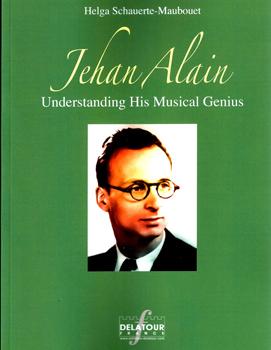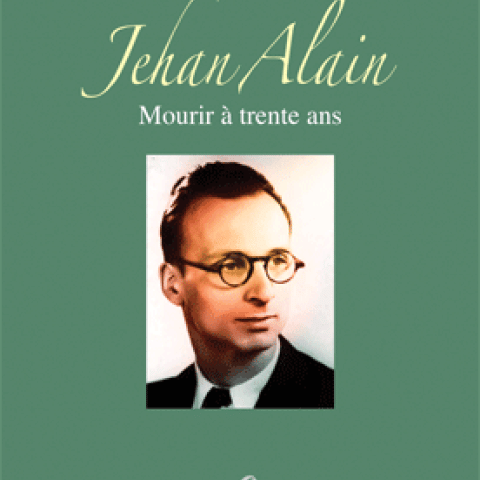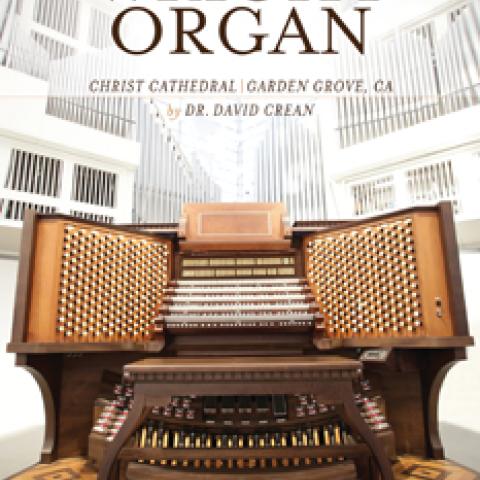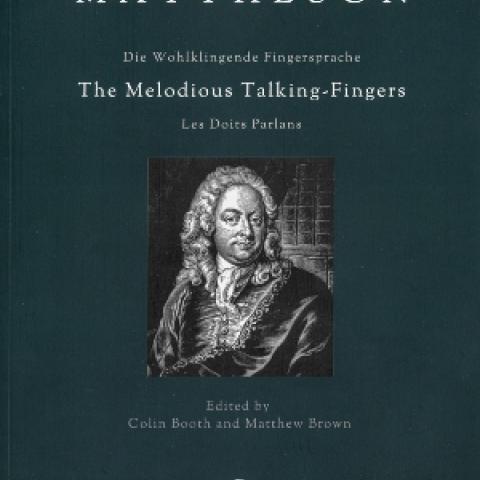
Éditions Delatour France announces publication of Jehan Alain: Understanding His Musical Genius (€35), by Helga Schauerte-Maubouet, translated by Connie Glessner and Carolyn Shuster Fournier.
The 344-page biography with more than 70 illustrations, originally published in French in 2020, is the first comprehensive treatment of the life and work of this composer in English.
For information: editions-delatour.com.
Other recent publications:







